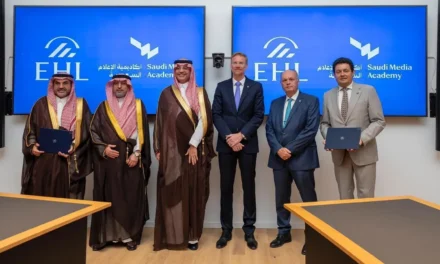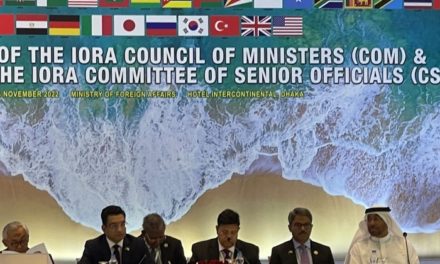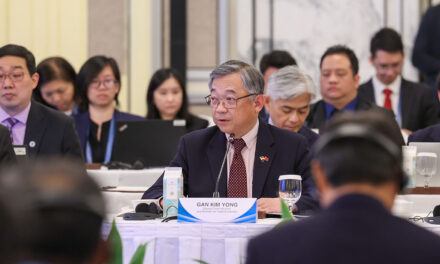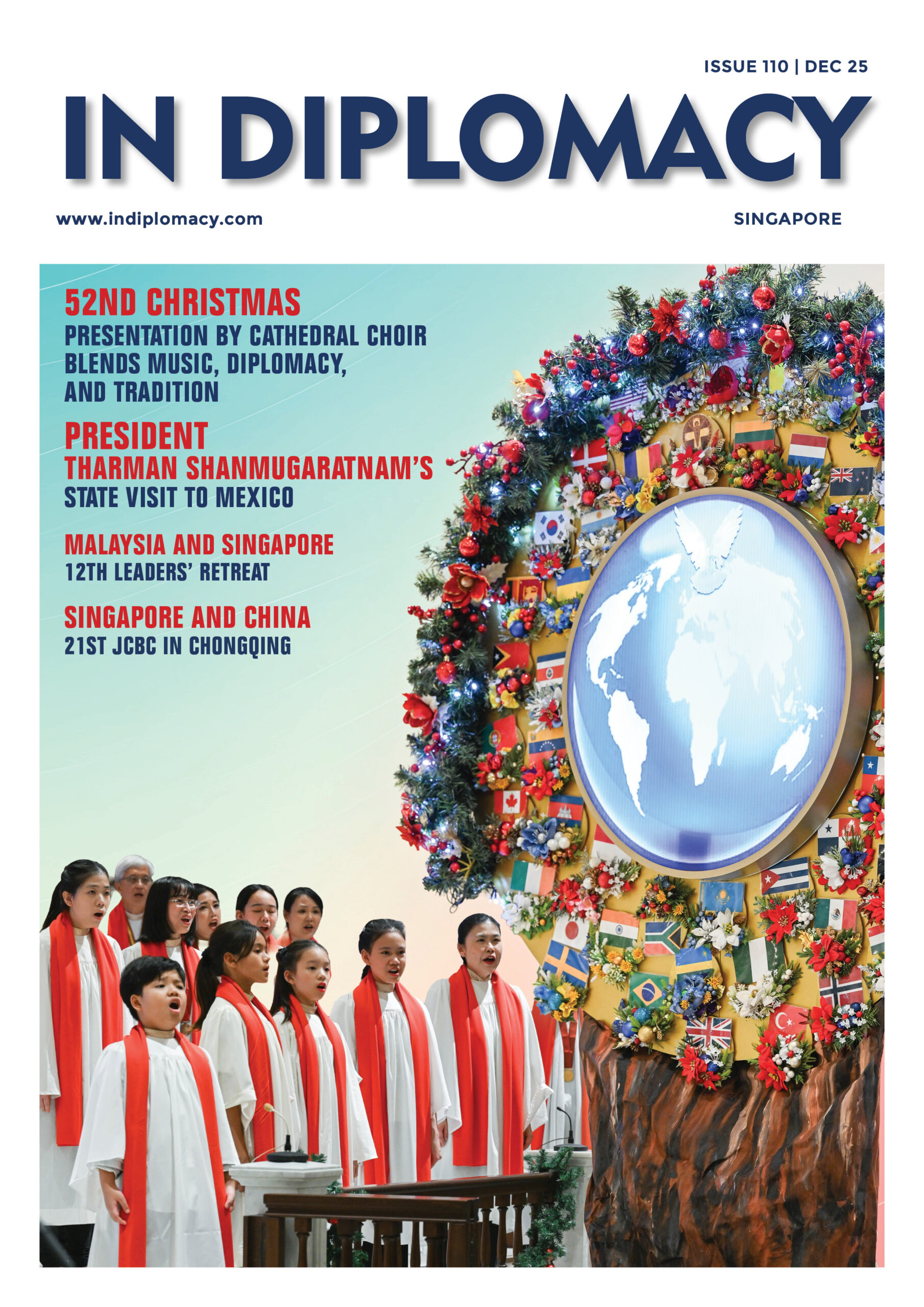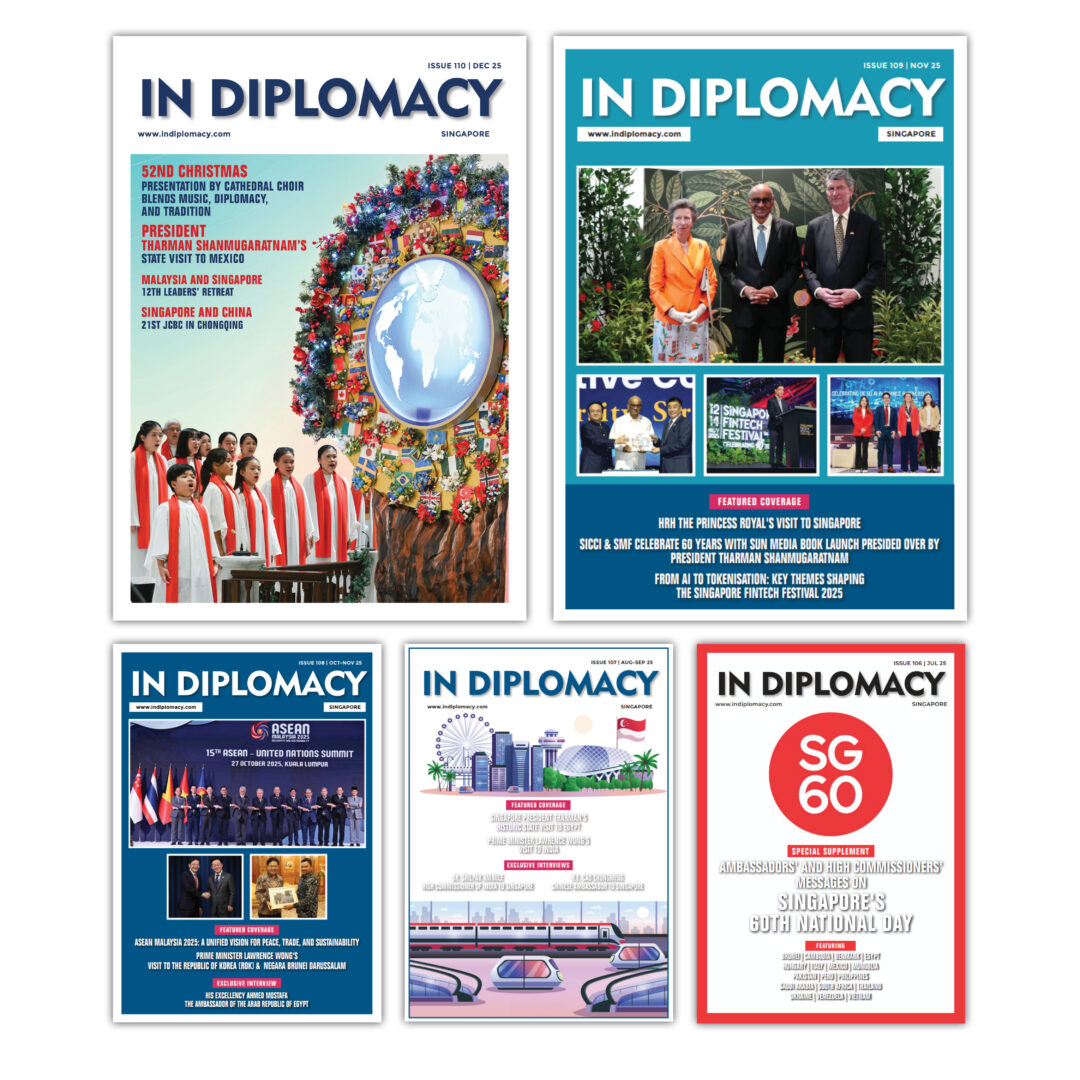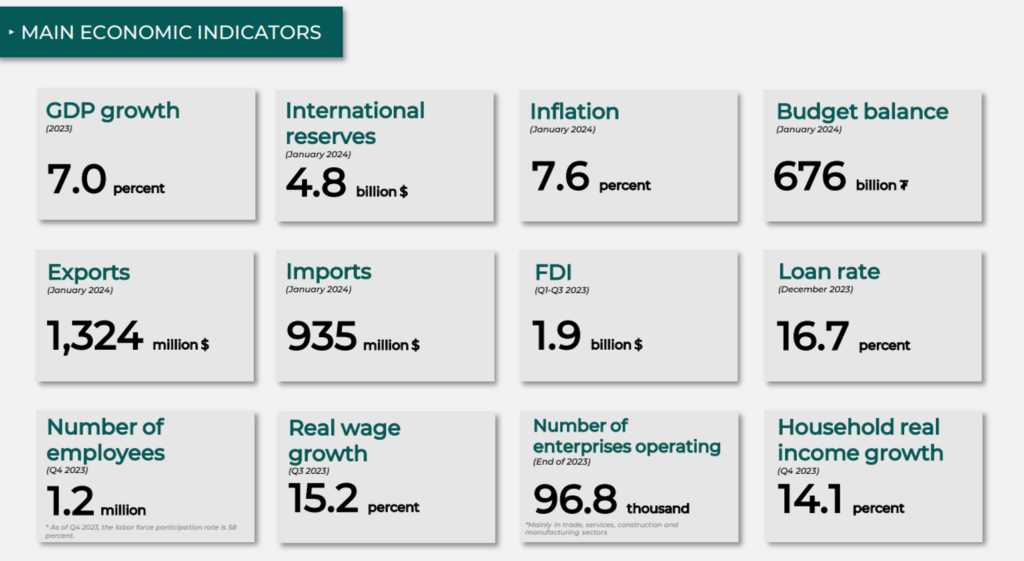
Mongolia’s economy is experiencing rapid growth, driven by abundant mineral resources and a dynamic economic landscape. The country’s extensive mineral deposits and robust mining sector have captured global investor attention, making it an attractive investment destination.
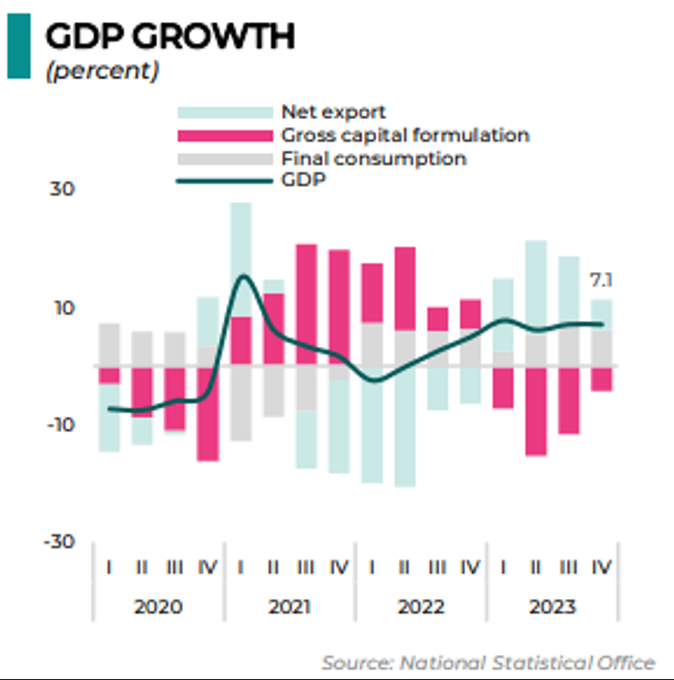
Mongolia: A Growing Economic Powerhouse
Mongolia is undergoing a rapid transformation, evolving into one of the world’s fastest-growing economies. The country’s remarkable economic ascent has captured the attention of investors globally. This transformation is primarily driven by Mongolia’s abundant mineral resources and a vibrant economic landscape. Historically dependent on herding and agriculture, Mongolia’s economy now benefits significantly from the mining, agriculture, and service sectors, which are the main contributors to its Gross Domestic Product (GDP).
In recent years, Mongolia’s economy has seen substantial growth. The GDP at current prices reached MNT 68.9 trillion, a 27.9% increase from the previous year. This growth is largely fueled by the export of commodities such as gold, copper, and cashmere.
Economic Growth and Key Sectors
Mongolia’s economy continued to recover from the Covid-19 pandemic in 2023, growing by 7.0% from 2022. This growth is expected to remain steady in 2024, with significant contributions from the mining and transportation sectors. Here’s a breakdown of sectoral performance in 2023:
- Mining Sector: Expanded by 23%.
- Agriculture Sector: Contracted by 8.9%.
- Manufacturing, Construction, and Utilities: Expanded by 4.1%.
- Service Sector: Grew by 9.2%.
- Net Taxes on Products: Increased by 6.8%.

Key Investment Sectors
- Metals and Mining:
- Mongolia has over 10,000 deposits of more than 80 types of minerals. With extensive geological natural potential, the mining sector is a key driver of the economy, accounting for about 93% of total exports, 58% of FDI, and 22.8% of GDP.
- There are 2,557 valid licenses in the mining sector, including 1,708 mining licenses and 849 exploration licenses. The “Digital Nation” initiative has digitized the license tendering process, enhancing efficiency.
- Hospitality and Tourism:
- In 2023, Mongolia welcomed 650,000 foreign tourists, earning 1.2 billion USD from the sector. Policies supporting tourism, including visa-free entry for 34 additional countries, have bolstered this growth.
- Agribusiness:
- Mongolia produces 50% of the world’s cashmere wool and is a leading exporter of horsemeat. The agriculture, forestry, fishing, and hunting sector accounts for 13% of the total GDP.
- Banking and Fintech:
- The financial sector is dominated by banks, providing about 90% of financing. Recent legislative changes include a Banking Law amendment and the introduction of the Investment Banking Law, which sets the legal framework for investment banks.
Investment and Trade Agency of Mongolia
To attract more foreign investors, Mongolia established the Investment and Trade Agency in 2023. This agency is dedicated to protecting investors’ legal interests and promoting trade. For more information, investors can visit the one-stop portal at Invest Mongolia.
Source: Investment and Trade Agency of Mongolia, Ministry of Economy and Development


